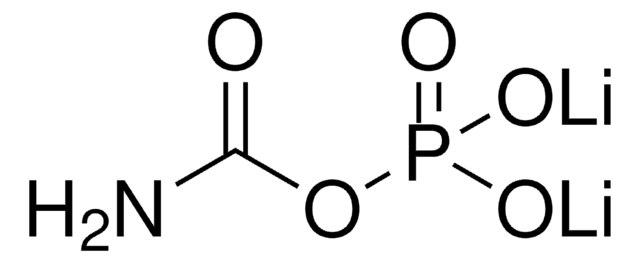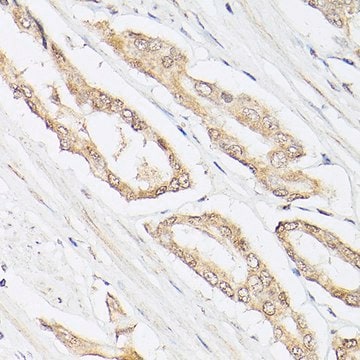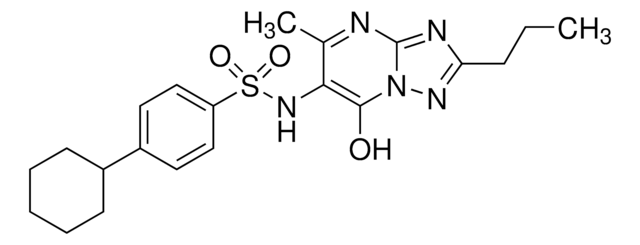SML2412
EU1794-4
≥98% (HPLC)
Synonim(y):
2-[[(2-Amino-4,5-dihydro-4-oxo-5-thiazolyl)acetyl]amino]-4,5,6,7-tetrahydro-1-benzo[b]thiophene-3-carboxylic acid ethyl ester, 2-[[(2-Imino-4-oxo-1,3-thiazolidin-5-yl)acetyl]amino]-4,5,6,7-tetrahydro-1-benzothiophene-3-carboxylic acid ethyl ester, EU 1794-4, Ethyl 2-(2-(2-imino-4-oxothiazolidin-5-yl)acetamido)-4,5,6,7-tetrahydrobenzo[b]thiophene-3-carboxylate
About This Item
Polecane produkty
Próba
≥98% (HPLC)
Postać
powder
kolor
white to beige
rozpuszczalność
DMSO: 2 mg/mL, clear
temp. przechowywania
2-8°C
ciąg SMILES
O=C(OCC)C1=C(SC2=C1CCCC2)NC(CC3SC(NC3=O)=N)=O
Działania biochem./fizjol.
Kod klasy składowania
11 - Combustible Solids
Klasa zagrożenia wodnego (WGK)
WGK 3
Temperatura zapłonu (°F)
Not applicable
Temperatura zapłonu (°C)
Not applicable
Certyfikaty analizy (CoA)
Poszukaj Certyfikaty analizy (CoA), wpisując numer partii/serii produktów. Numery serii i partii można znaleźć na etykiecie produktu po słowach „seria” lub „partia”.
Masz już ten produkt?
Dokumenty związane z niedawno zakupionymi produktami zostały zamieszczone w Bibliotece dokumentów.
Nasz zespół naukowców ma doświadczenie we wszystkich obszarach badań, w tym w naukach przyrodniczych, materiałoznawstwie, syntezie chemicznej, chromatografii, analityce i wielu innych dziedzinach.
Skontaktuj się z zespołem ds. pomocy technicznej






